
Milestones
From the early days on Elbstrasse to the innovative and sustainable metallurgical solutions that set Aurubis apart today. The history of a company that continues to reinvent itself to meet the challenges of the time.
A comprehensive look back at the history of Aurubis is available here:
-
Um die heruntergeladene Komponente zu sehen den QR code scannen
Company history 1866-2016: The history of the copper group
PDF
14 MB
Marcus Salomon Beit is granted a permit to operate a "silver separating and smelting furnace" on Elbstrasse in Hamburg, laying the groundwork for what will be become Aurubis.



Marcus Salomon Beit now runs the business with his brother Raphael Salomon under the name Gold- und Silberscheider.
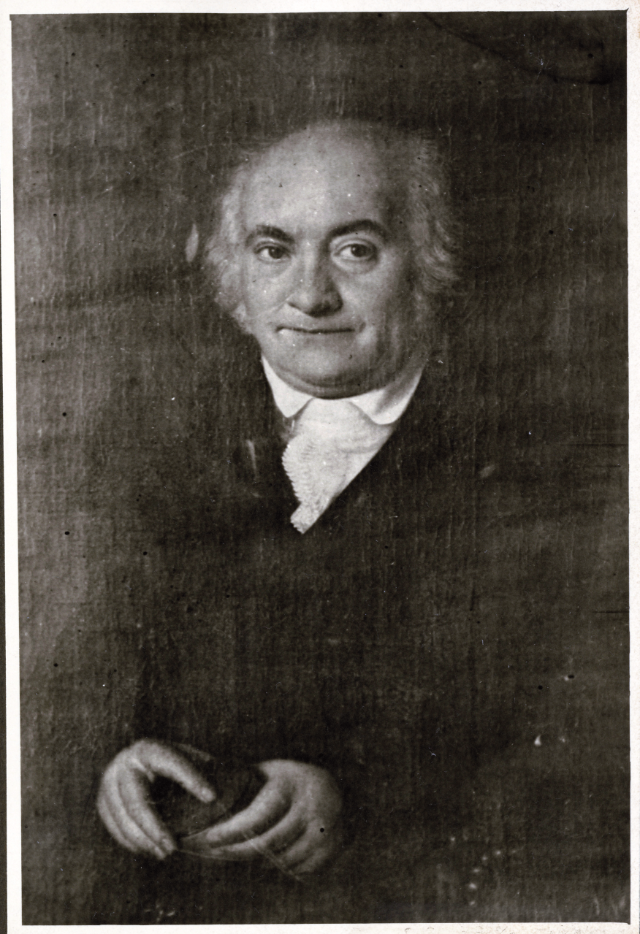
Raphael Salomon Beit introduces a wet process for separating gold and silver with the help of sulfuric acid. The new process is called "refining". The new metal extraction process allows the company to grow into a "combined copper-lead-precious metals smelting plant" in the years that follow

The son of Raphael Salomon Beit, Lipmann Raphael, and Hamburg shipowner Johann Cesar Godeffroy join forces with merchant Siegmund Robinow to found the Elbkupferwerk on the Elbe River island of Steinwerder to process copper ores from overseas.

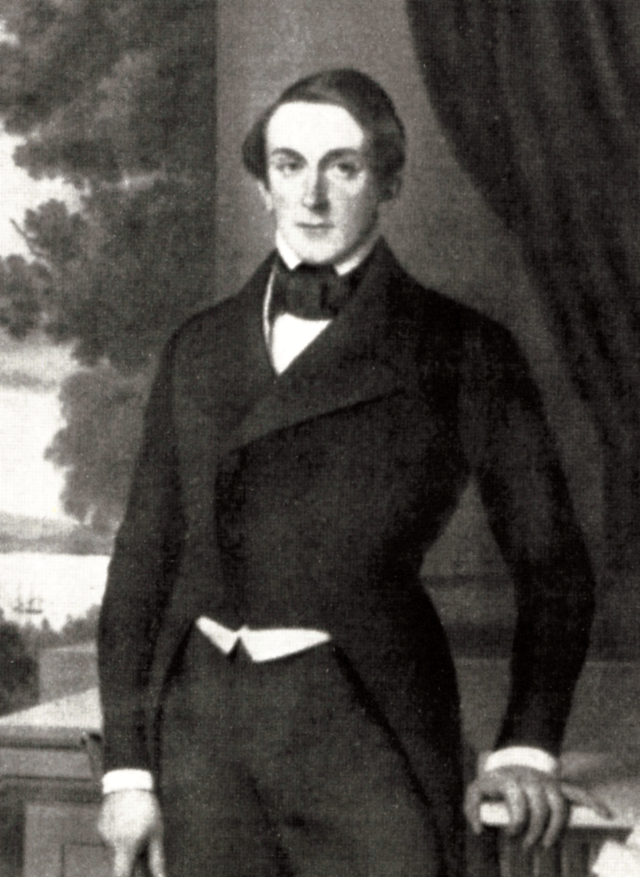

The Elbkupferwerk on Steinwerder and L.R. Beit & Co. on Elbstrasse merge to become the Elbhüttenwerk-Affinir- und Handelsgesellschaft.

The Norddeutsche Affinerie AG is founded with Dr. Ferdinand Beit serving as chairman.
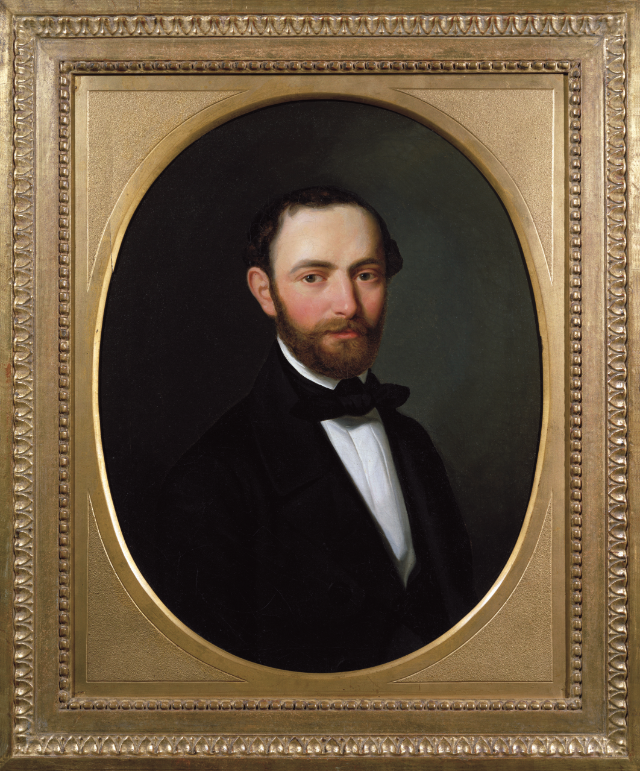
Dr. Emil Wohlwill, the company’s chief chemical engineer, invents the first fully continuous copper electrolysis system.
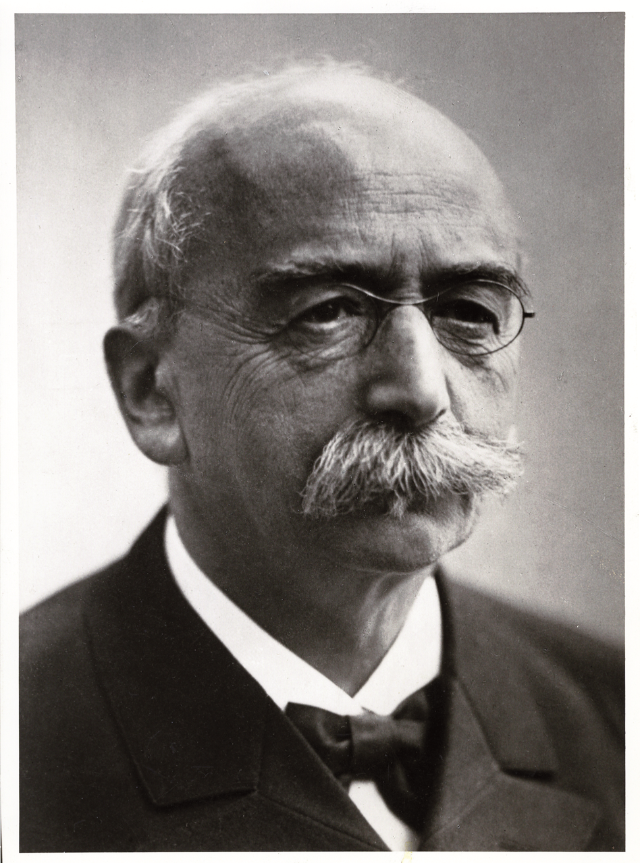
Due to limited space at the Elbstrasse site, construction starts on a new plant on the Elbe River island of Peute.
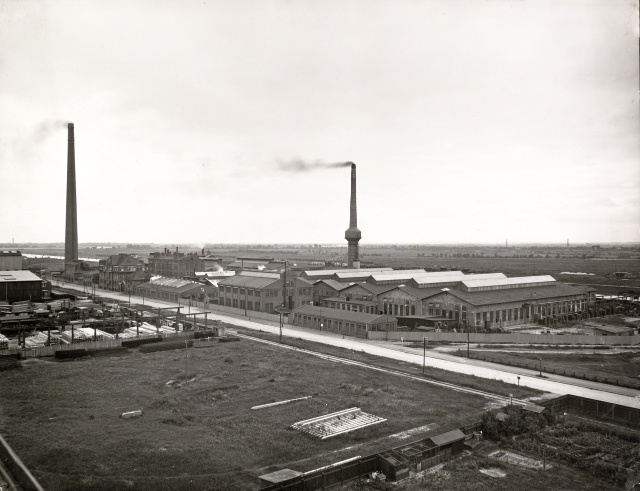
All plants relocated to Peute. The old main plant on Elbstrasse is subsequently demolished.
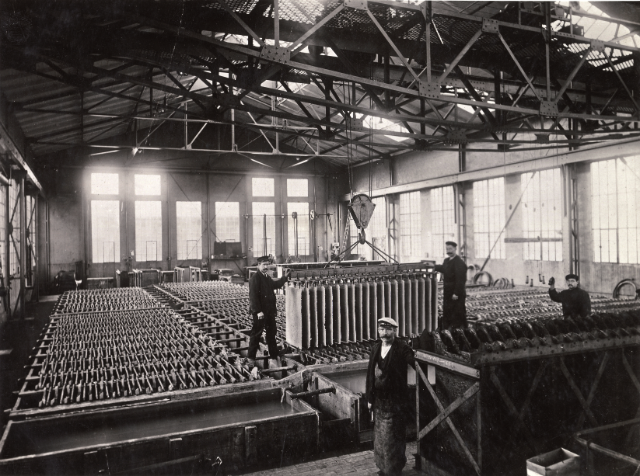
Metallbank in Frankfurt, Metallurgische Gesellschaft, and Deutsche Gold- und Silber-Scheideanstalt vormals Roessler AG (Degussa) become major shareholders.

During World War II, air attacks severely damage the plant. Production is largely shut down until the end of the war. More information about the company during World War II is available here in our company history book.


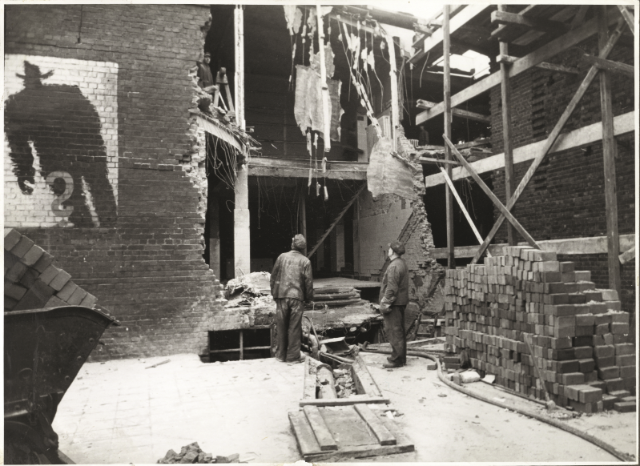
Production is quickly resumed once the war is over. All major plants are up and running again, including the gold, silver and bismuth tankhouses.


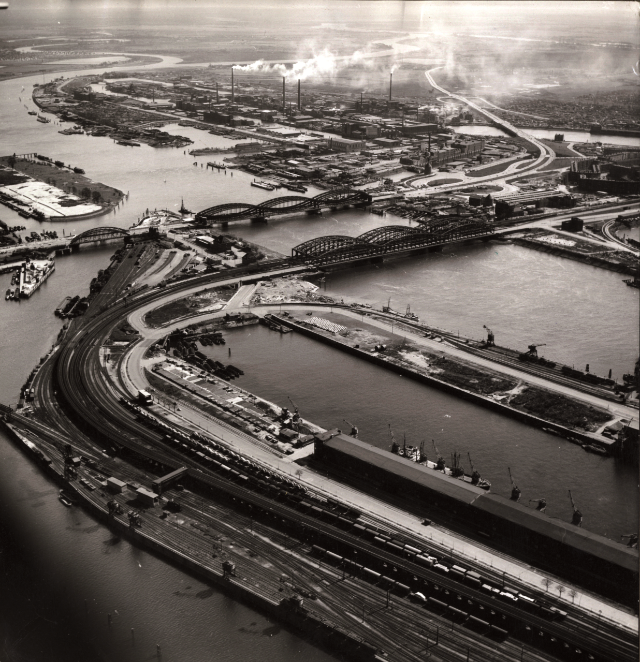
Aquisition of Pflanzenschutz Urania GmbH.
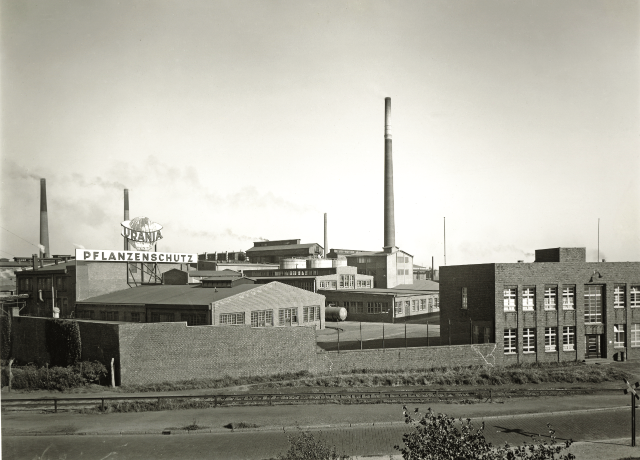
The company celebrates its 100th anniversary.

Acquisition of all shares of Retorte Ulrich Scharrer GmbH in Röthenback/Pegnitz, a manufacturer of selenium products for the glass and feed industries.

Joint venture with Chilean copper producer Codelco and Hüttenwerke Kayser (HK) from Lünen results in the founding of Deutsche Giessdraht GmbH in Emmerich on the Rhine River.

Norddeutsche Affinerie AG goes public with an issue price of 25 Deutschmarks.
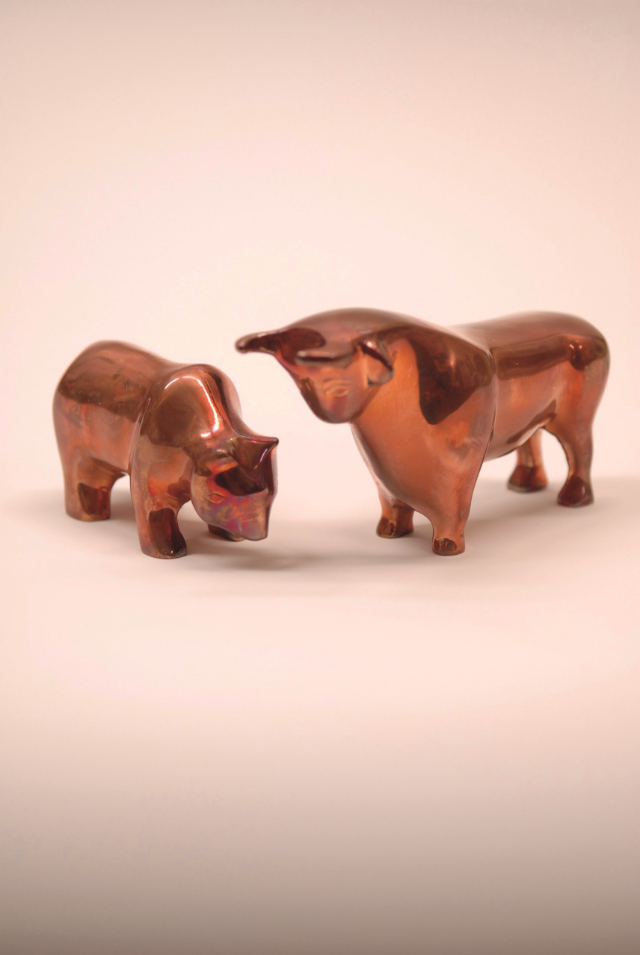

Acquisition of Hüttenwerke Kayser AG in Lünen, a processor of residues from industrial production containing silver, copper and tin.
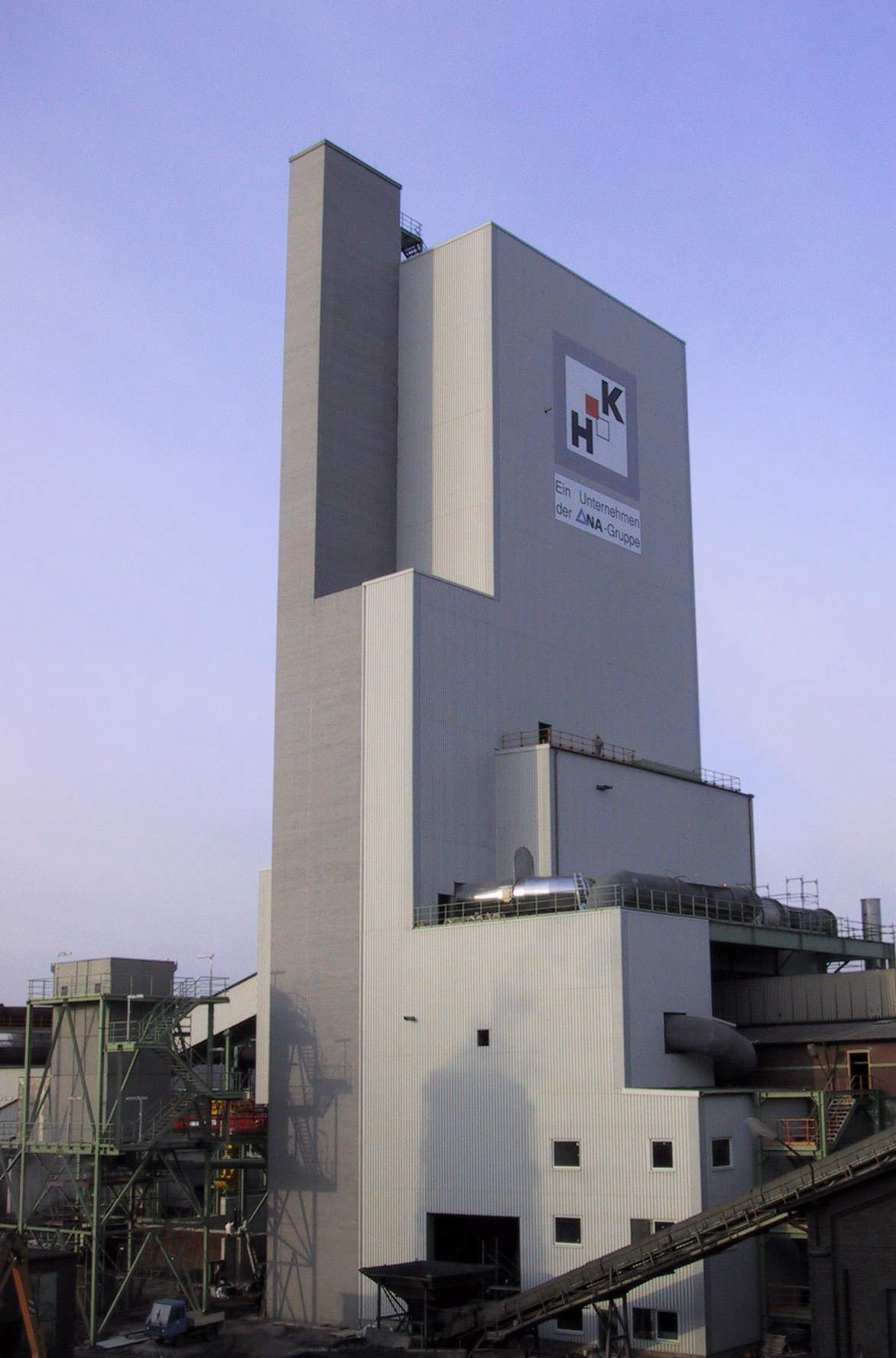
Acquisition of Prymetall GmbH & Co. KG, a manufacturer of rolled and drawn products made of copper and copper alloys, along with its 50 % stake in Schwermetall Halbzeugwerk GmbH & Co. KG in Stolberg.

Acquisition of Belgian copper producer Cumerio. The smelter in Pirdop (BG), the refinery in Olen (BE), the wire rod production plants at Olen and Avellino (IT), and the specialty profiles production at Yverdon-les-Bains (CH) are all incorporated into the Group.

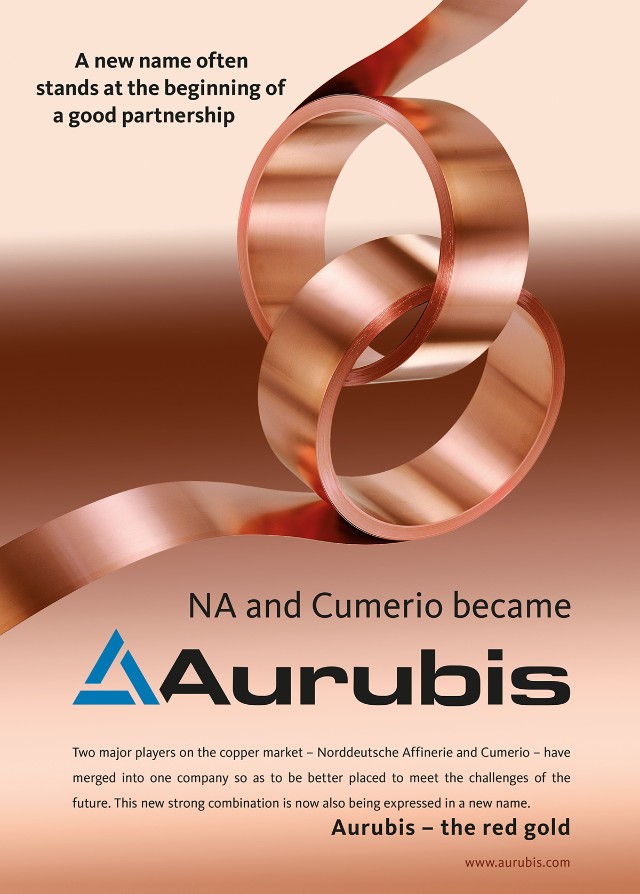
Name changes to Aurubis AG. The Group is no longer a North German refinery, since it now owns sites in five European countries.

Acquisition of the rolled products division (RPD) of British Luvata Group: production sites in Buffalo (US), Finspång (SE), Pori (FI), and Zutphen (NL), and slitting centers in Birmingham (GB), Dolný Kubín (SL), and Mortara (IT). The Buffalo site is the first step towards international expansion outside of Europe.

Aurubis AG celebrates its 150th anniversary.

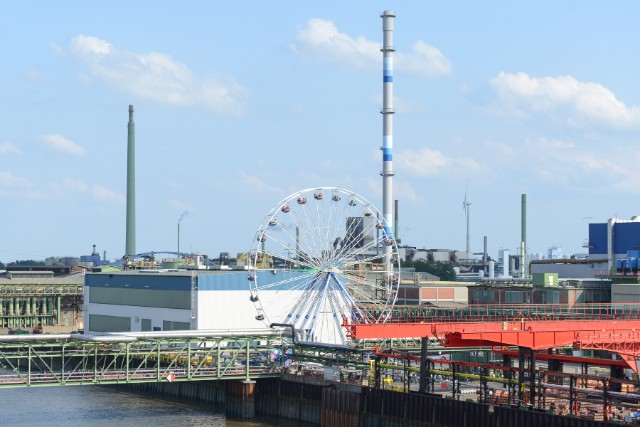

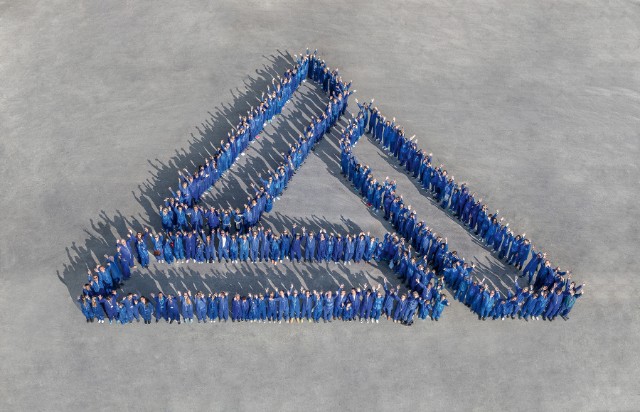
- Complete acquisition of Deutsche Giessdraht GmbH in Emmerich.

- The largest industrial heat project in Germany starts at the Hamburg site in cooperation with energy service provider enercity: carbon-free industrial heat for Hamburg homes from a sub-process of copper production.

The Belgian-Spanish Metallo Group is acquired with sites in Beerse (BE) and Berango (ES). A meaningful continuation of the growth strategy by strengthening the recycling portfolio.

A new, innovative plant system with extremely fine filters and state-of-the-art plant technology for Reducing Diffuse Emissions (RDE) is commissioned in primary copper production at the Hamburg site.

On the path to decarbonization: Groundbreaking for the largest captive solar park at the Pirdop site in Bulgaria as part of the strategic target of achieving climate-neutral production.

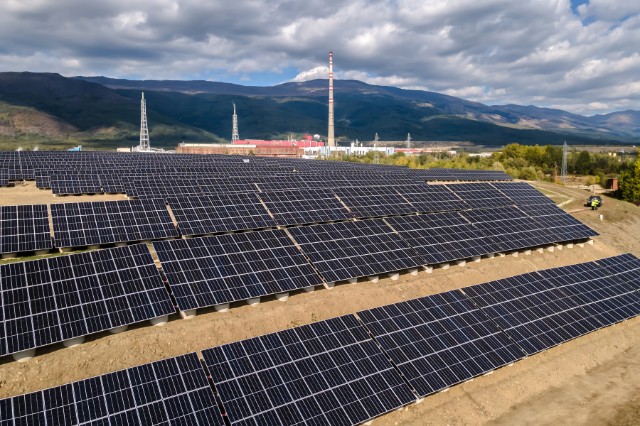
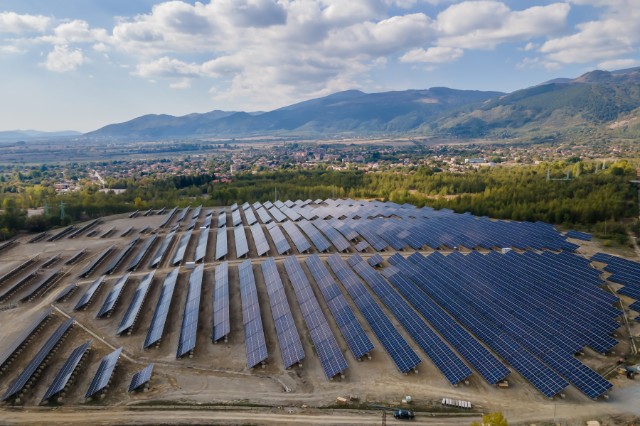
Producing copper anodes with hydrogen: An industrial-scale test series starts at the Hamburg plant.

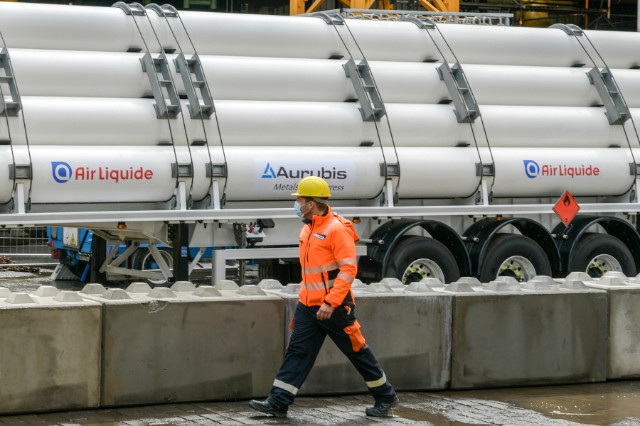
The company strategy is realigned with the objective of focusing the core business on primary copper production, recycling and the multimetal portfolio.
More information about our company strategy is available here.
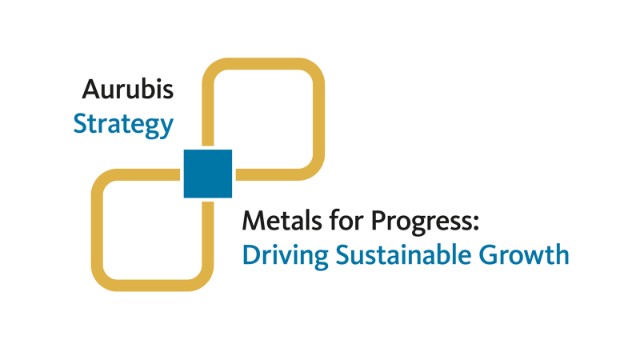
Partial sale of Flat Rolled Products (FRP) segment in alignment with the new company strategy. The sale applies to the Zutphen plant and the Birmingham, Dolný Kubín, and Mortara slitting centers.

Aurubis builds a battery recycling pilot plant at the Hamburg site to process black mass from lithium-ion batteries.


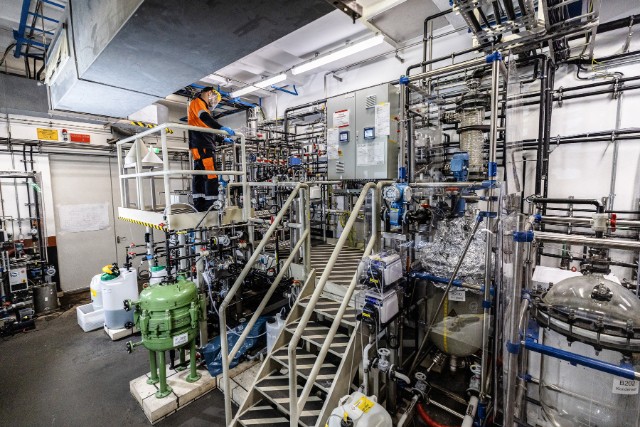

Groundbreaking and construction start for a new recycling plant in Richmond County, Georgia (US). Aurubis’ first greenfield project outside of Europe and the first multimetal recycling plant in the US.


Groundbreaking for a new recycling plant at the Beerse site in Belgium: The state-of-the-art hydrometallurgical ASPA (Advanced Sludge Processing by Aurubis) plant will lead to faster extraction of precious metals such as gold and silver and an increased recovery of tin from anode sludge.

Test series on the use of blue ammonia in copper rod production starts at the Hamburg site. First delivery of blue, low-carbon ammonia from the United Arab Emirates.

Groundbreaking for a new recycling plant at the Olen site in Belgium to enhance recycling capacity: In the state-of-the-art, energy-efficient BOB (Bleed treatment Olen Beerse) plant, the key industrial metals nickel and copper will be recovered from the electrolyte stream (bleed).


